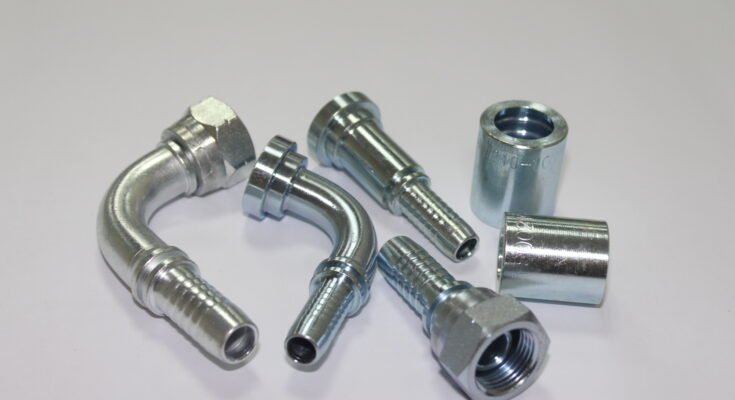Hey there, fellow hydraulic enthusiasts! If you’ve ever dabbled in the world of hydraulics, you know that installing hydraulic fittings is not just about twisting and tightening things here and there. It’s an art mixed with a bit of science and, of course, a whole lot of safety precautions. Today, we are super excited to share with you the ultimate checklist for installing hydraulic fittings safely. Whether you’re a seasoned pro or a curious newbie, this guide is tailored to ensure your hydraulic systems are not only high-performing but also safe as a snug bug in a rug!
1. Know Your Fittings and Tools
First things first, understanding the types of hydraulic fittings you’re dealing with is crucial. There’s a myriad out there— from flared to flareless, from crimped to reusable. Each type serves a different purpose and requires specific tools for installation. Familiarise yourself with the fittings at your disposal and make sure you have the right tools for the job. A mismatch here could lead to leaks or even accidents.
2. Inspection is Key
Before you dive into the installation process, give your hydraulic fittings and hoses a thorough inspection. Look out for any signs of wear, damage, or corrosion. It’s much easier to replace a faulty fitting or hose now than to troubleshoot a leaky hydraulic system later. This step is all about preempting potential issues and ensuring that everything is in tip-top condition for a smooth installation.
3. Cleanliness for the Win
Let’s talk cleanliness, folks. Hydraulics is a field where cleanliness is not just next to godliness—it’s absolutely essential. Even the tiniest of contaminants can wreak havoc in a hydraulic system. So, before installing your hydraulic fittings, make sure that both the fittings and the areas around the ports are squeaky clean. A clean installation area minimises the risk of contamination and ensures your hydraulic system runs smoothly.
4. Tightening Techniques
Now, let’s move on to the tightening of those hydraulic fittings. This is where the science part really comes into play. Over-tightening can damage the fittings and the threads, while under-tightening can lead to leaks. Follow the manufacturer’s specifications for torque settings religiously. If you’re unsure, it’s always better to seek advice from the pros. Remember, achieving the right amount of tightness is crucial for a leak-free and safe hydraulic system.
5. Testing is a Must
After you’ve installed your hydraulic fittings, it’s tempting to pat yourself on the back and call it a day. But hold your horses! Testing is an essential step that should never be skipped. Pressure test your hydraulic system to ensure that all fittings are properly sealed and that there are no leaks. It’s much safer to identify and address any issues now than to encounter problems when the system is in full operation.
6. Maintenance is Ongoing
Last but definitely not least, remember that maintaining your hydraulic fittings and system is an ongoing process. Regular checks and maintenance ensure that everything continues to run safely and efficiently. Keep an eye out for signs of wear, leaks, or any changes in the performance of your hydraulic system. Regular maintenance not only prolongs the life of your hydraulic system but also ensures the safety of everyone involved.
Conclusion
There you have it, folks—your ultimate checklist for installing hydraulic fittings safely. By following these steps, you’re not just ensuring the efficiency and longevity of your hydraulic systems, but you’re also prioritising safety, which is absolutely paramount. Remember, installing hydraulic fittings may seem daunting at first, but with the right knowledge and precautions, you can tackle it like a pro. You can hire experts from Austfluid Link for professional installing services. Stay safe, stay informed, and let the hydraulic adventures begin!

